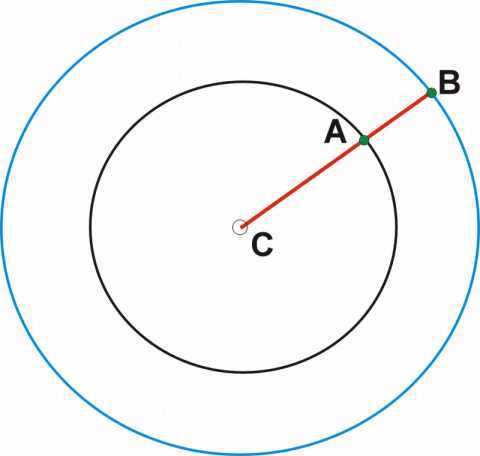NATURE TOURISM
Tourism that features ‘nature’ is generally termed environmental or ‘nature based tourism’; a broad term that includes a range of tourism experiences including adventure tourism, ecotourism, and aspects of cultural and rural tourism, eg. farmstay. Aboriginal culture is included as part of nature based tourism because of its inextricable link with the natural environment.
Nature based tourism is distinguished from other tourism forms by its natural area setting. Ecotourism may include elements of other nature based tourism types such as adventure tourism in which the focus is on the activity, for example, white water rafting or scuba diving.
However ecotourism is also characterised by a number of other features, in particular
• its conservation ethos
• its environmental education and interpretation elements
• its emphasis on ecological sustainability and minimising potential impacts
• ensuring that those natural areas used for ecotourism remain in a conserved
natural state for future generations to enjoy.
Ecotourism is a subset of nature based tourism.
All Tourism
Nature Based Tourism--Area encircling C to B through A
Ecotourism- Area within C to A
Hence Nature tourism is pretty close to ecotourism it focuses more on enjoying and respecting the wildlife and environment without the educational element in ecotourism.
Although nature tourism is pretty close to ecotourism, it focuses more on enjoying and respecting the wildlife and the environment without the educational element in ecotourism. It simply means visiting natural area
Tourism that features ‘nature’ is generally termed environmental or ‘nature based tourism’; a broad term that includes a range of tourism experiences including adventure tourism, ecotourism, and aspects of cultural and rural tourism, eg. farmstay. Aboriginal culture is included as part of nature based tourism because of its inextricable link with the natural environment.
Nature based tourism is distinguished from other tourism forms by its natural area setting. Ecotourism may include elements of other nature based tourism types such as adventure tourism in which the focus is on the activity, for example, white water rafting or scuba diving.
However ecotourism is also characterised by a number of other features, in particular
• its conservation ethos
• its environmental education and interpretation elements
• its emphasis on ecological sustainability and minimising potential impacts
• ensuring that those natural areas used for ecotourism remain in a conserved
natural state for future generations to enjoy.
Ecotourism is a subset of nature based tourism.
 |
| All Tourism |
All Tourism
Nature Based Tourism--Area encircling C to B through A
Ecotourism- Area within C to A
Hence Nature tourism is pretty close to ecotourism it focuses more on enjoying and respecting the wildlife and environment without the educational element in ecotourism.
Although nature tourism is pretty close to ecotourism, it focuses more on enjoying and respecting the wildlife and the environment without the educational element in ecotourism. It simply means visiting natural area
Comments
Post a Comment